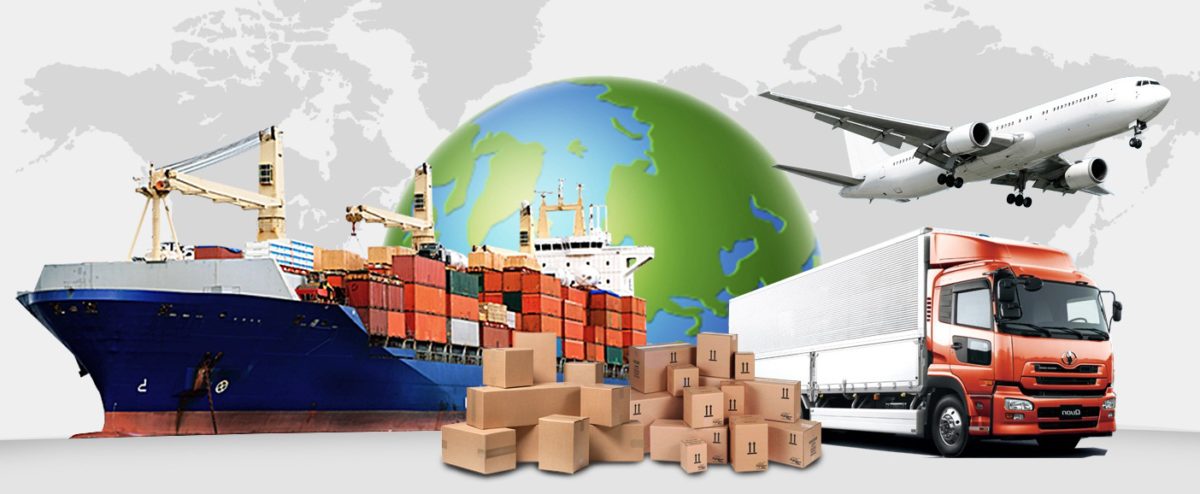
Sri Lanka’s main imported goods
Sri Lanka’s economy is heavily reliant on imports to meet its domestic demands. The country imports a wide variety of goods ranging from essentials to raw materials for industries. Below is an overview of Sri Lanka’s main imported goods:
1. Petroleum Products
Petroleum products, including crude oil, refined fuels, and liquefied natural gas, are among Sri Lanka’s top imports. The country depends on these energy sources for transportation, electricity generation, and industrial production. The lack of significant domestic energy resources makes this import category vital.
2. Machinery and Equipment
Sri Lanka imports machinery, electrical equipment, and industrial machinery to support its manufacturing, agricultural, and construction sectors. These include generators, transformers, motor vehicles, and production machinery essential for industrial and infrastructural growth.
3. Food and Beverages
The country imports significant quantities of food items, including wheat, sugar, lentils, milk powder, and other staples, to meet its population’s dietary needs. The limited production of certain food products domestically increases the dependence on international suppliers.
4. Textile Materials
Sri Lanka’s thriving garment and apparel industry relies heavily on imported textile materials such as fabric, yarn, and accessories. These raw materials are processed and exported as finished garments, making the textile sector both a significant import and export domain.
5. Pharmaceutical Products
The health sector in Sri Lanka depends on imported pharmaceutical products, including medicines, vaccines, and medical equipment. These imports are critical for ensuring public health and addressing healthcare needs.
6. Vehicles
The country imports a variety of vehicles, including passenger cars, buses, trucks, and motorcycles. While Sri Lanka does not have a large-scale automobile manufacturing sector, the growing demand for vehicles makes this an essential import category.
7. Fertilizers and Agricultural Inputs
To support its agriculture-based economy, Sri Lanka imports fertilizers, pesticides, and other agricultural chemicals. These imports are crucial for enhancing productivity in tea, rubber, and rice cultivation, which are central to the economy.
8. Electronics and Consumer Goods
Sri Lanka imports a variety of electronic goods such as mobile phones, computers, televisions, and household appliances. These are driven by growing consumer demand and the country’s limited manufacturing capacity for such items.
9. Chemical Products
The chemical industry, including imports of industrial chemicals, dyes, and plastics, supports various sectors such as construction, manufacturing, and pharmaceuticals.
10. Metals and Mineral Products
Iron, steel, and other metallic goods are key imports required for construction, infrastructure development, and industrial purposes. Sri Lanka also imports gold and other precious metals, partly for the local jewelry market.
Key Trade Partners
Sri Lanka imports goods primarily from countries like India, China, Singapore, Japan, and the United Arab Emirates. These nations supply a significant share of the country’s petroleum, machinery, textiles, and food products.
Conclusion
Sri Lanka’s import profile reflects its reliance on external sources for energy, industrial inputs, and consumer goods. With a growing population and an evolving economy, the country continues to balance its trade needs while seeking to reduce dependency through increased local production and diversification of suppliers.




Leave a Reply